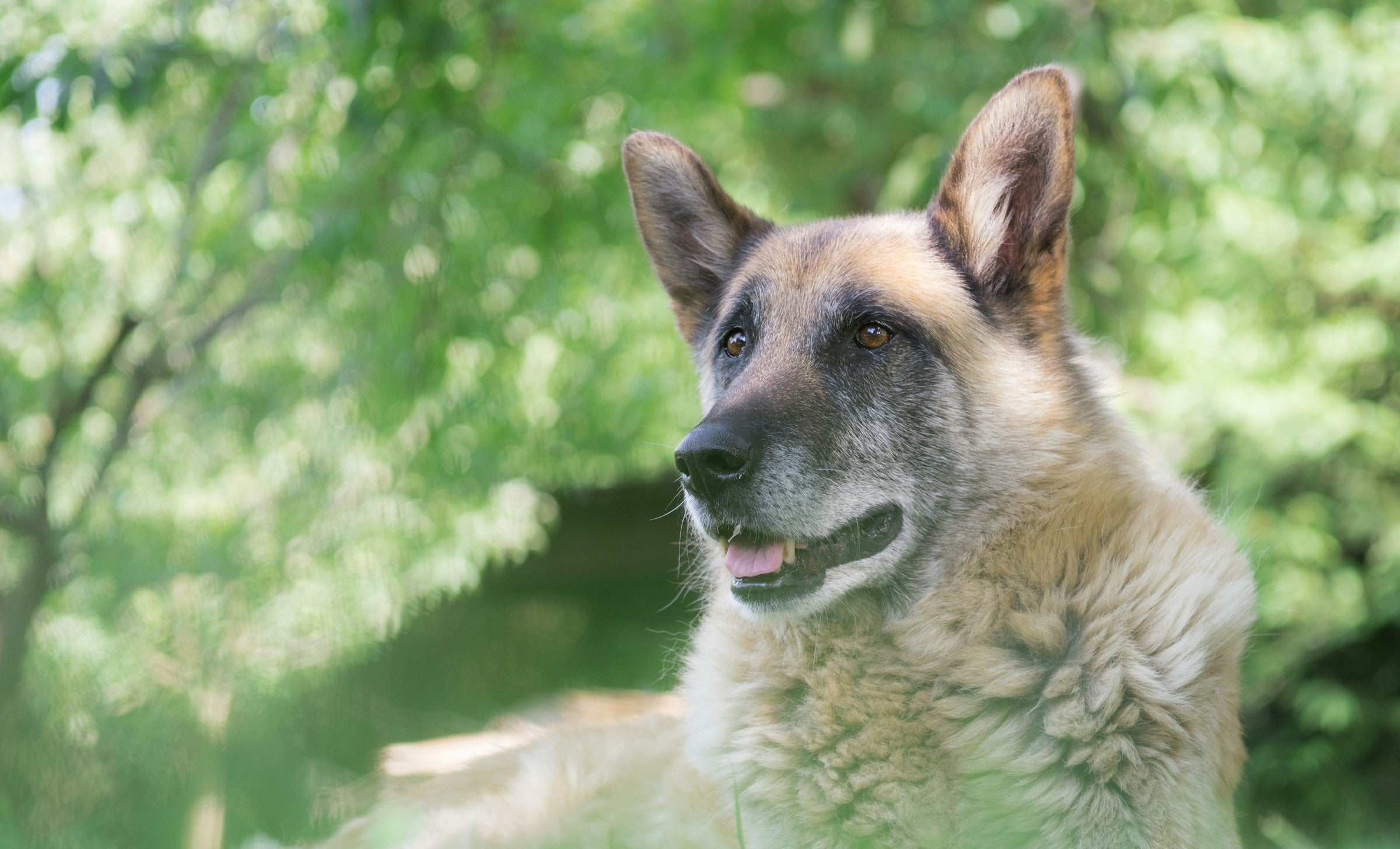Introduction
Have you ever wondered how dog years actually work? Let's explore this concept to better understand our furry companions' age and needs.
What Are Dog Years?
Dog years measure a dog's age in human terms, considering their rapid growth and the slower aging process as they mature.
Factors Affecting Dog Age
Size, breed, genetics, and environment influence a dog's lifespan and aging process.
Understanding the Aging Process in Dogs
Physical and behavioral changes occur as dogs age, requiring tailored care and attention.
Why Understanding Dog Years Matters
Understanding dog years helps in providing appropriate care and strengthening the bond between owner and pet.
Common Misconceptions About Dog Years
Debunking myths such as the "seven-year rule" clarifies the aging process for dog owners.
How to Calculate Dog Years
Various methods exist for calculating dog years. A common rule of thumb is to multiply your dog's age by seven, however, this doesn't consider the breed and their age.
Signs of Aging in Dogs
Recognizing physical and behavioral signs of aging is crucial for proactive care.
Caring for Aging Dogs
Senior dogs require specialized care, including adjusted diet and exercise routines.
Emotional Support for Aging Dogs
Providing emotional comfort and companionship helps senior dogs navigate their golden years.
Celebrating Milestones with Senior Dogs
Recognizing milestones and creating cherished memories enriches the bond with aging pets.
Seeking Professional Guidance
Regular veterinary check-ups ensure optimal health and well-being for senior dogs.
Creating Lasting Memories with Your Senior Dog
Cherishing moments and experiences with senior dogs fosters a deeper connection and joy.
Conclusion
Understanding dog years empowers dog owners to provide compassionate care and companionship throughout their pet's aging journey.
FAQs
-
How do I calculate my dog's age in human years?
- Various methods exist, but a common rule of thumb is to multiply your dog's age by seven to estimate their age in human years. However, this formula isn't entirely accurate and may vary based on factors like breed and size. Online calculators and consultation with a veterinarian can provide more precise estimations.
- Various methods exist, but a common rule of thumb is to multiply your dog's age by seven to estimate their age in human years. However, this formula isn't entirely accurate and may vary based on factors like breed and size. Online calculators and consultation with a veterinarian can provide more precise estimations.
-
What are signs of aging in dogs?
- Signs of aging in dogs may include graying fur, decreased mobility, changes in behavior, such as increased sleepiness or irritability, and age-related health issues like arthritis or dental problems.
- Signs of aging in dogs may include graying fur, decreased mobility, changes in behavior, such as increased sleepiness or irritability, and age-related health issues like arthritis or dental problems.
-
How can I provide emotional support to my aging dog?
- Providing emotional support to aging dogs involves creating a comfortable and nurturing environment, spending quality time together, and engaging in activities that they enjoy. Offering gentle affection, reassurance, and understanding their changing needs can help alleviate anxiety and stress associated with aging.
- Providing emotional support to aging dogs involves creating a comfortable and nurturing environment, spending quality time together, and engaging in activities that they enjoy. Offering gentle affection, reassurance, and understanding their changing needs can help alleviate anxiety and stress associated with aging.
-
What should I feed my senior dog?
- Senior dogs may benefit from a diet tailored to their age, health status, and nutritional needs. Opt for high-quality, senior-specific dog food formulas that contain essential nutrients to support aging joints, maintain muscle mass, and promote overall health. Consult with your veterinarian for personalized dietary recommendations.
- Senior dogs may benefit from a diet tailored to their age, health status, and nutritional needs. Opt for high-quality, senior-specific dog food formulas that contain essential nutrients to support aging joints, maintain muscle mass, and promote overall health. Consult with your veterinarian for personalized dietary recommendations.
-
How often should I take my senior dog to the vet?
- Regular veterinary check-ups are essential for monitoring your senior dog's health and addressing any age-related issues promptly. Your veterinarian can recommend a schedule based on your dog's individual needs, but typically, senior dogs may require more frequent check-ups, ranging from every six months to annually, depending on their health status and any underlying medical conditions.















Share:
Are Dog DNA Tests Accurate?
Can Dogs Eat Blueberries?